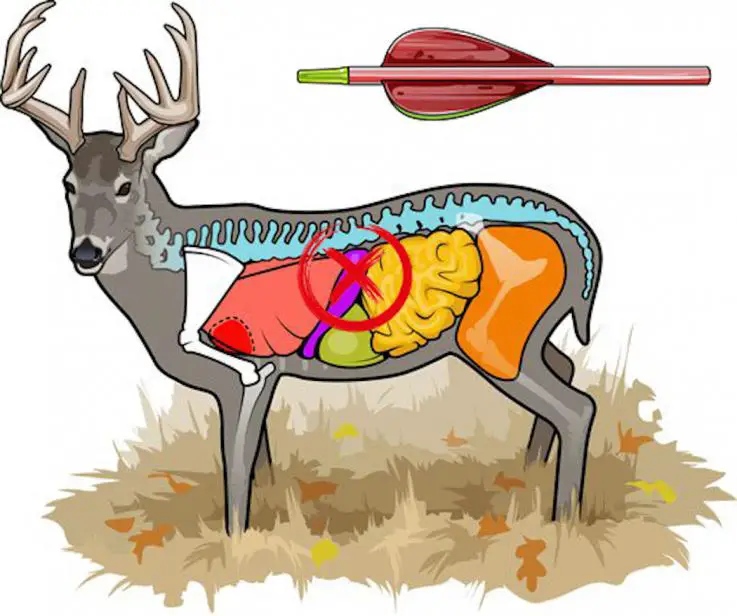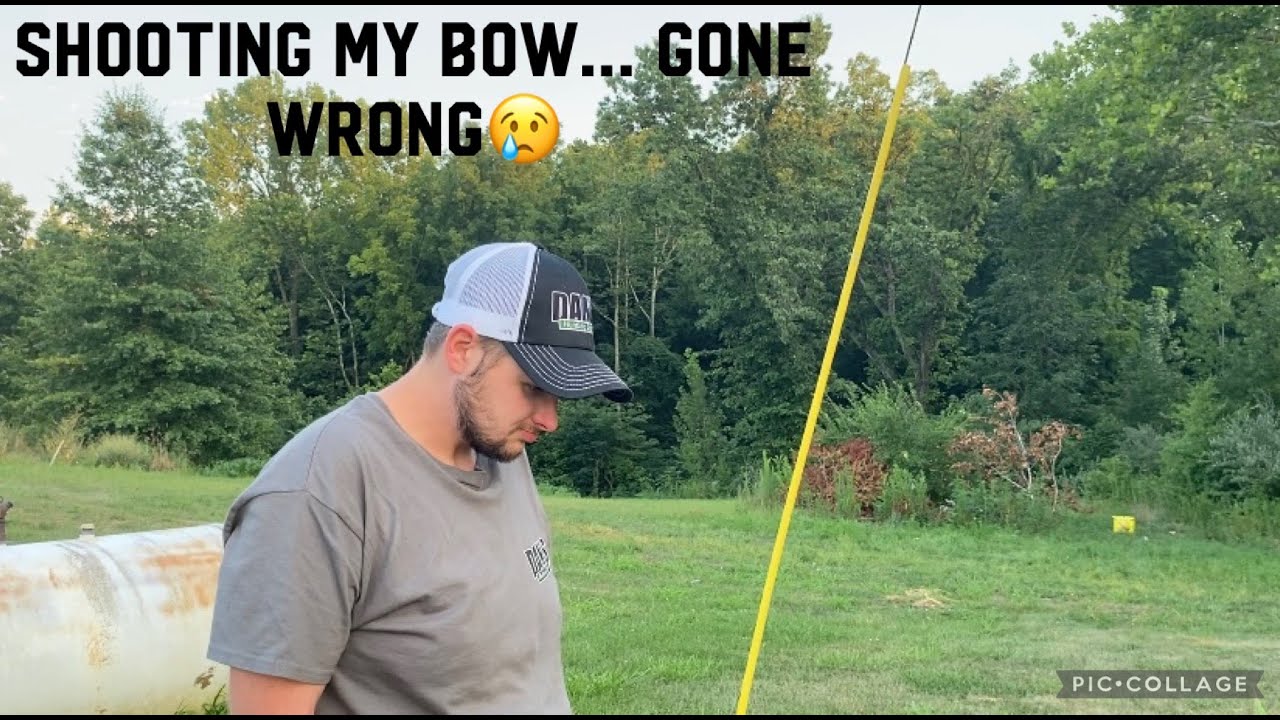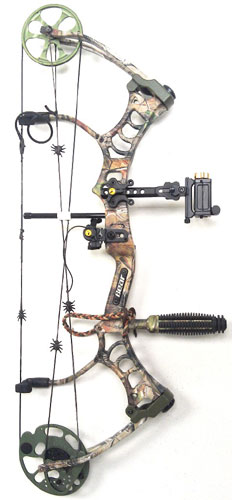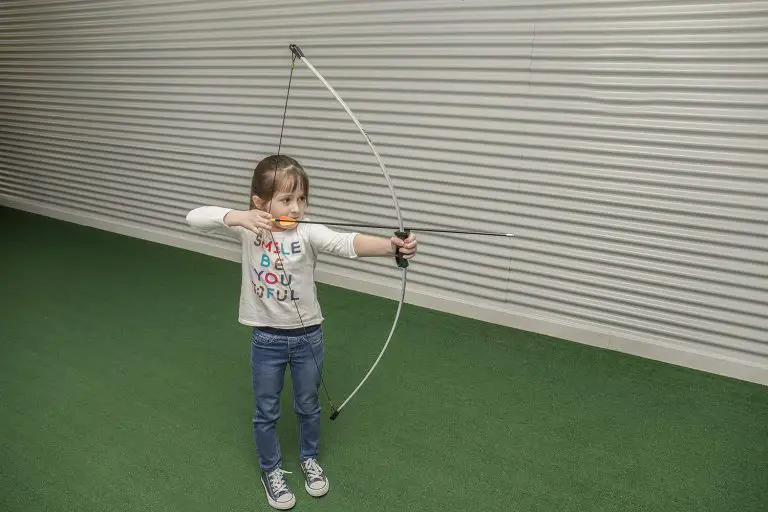Bow Shots Gone Wrong
“Bow Shots Gone Wrong” takes a comprehensive look at compound bows, exploring their mechanics, advantages, and how they have become the bow of choice for many archers. With a fusion of innovation and tradition, the compound bow combines age-old principles with cutting-edge technology. This guide dives into key components like limbs, cams, and cables, highlighting the power, speed, and accuracy that compound bows offer. It also provides helpful tips on choosing the right bow, emphasizing the importance of purpose, draw length, draw weight, and let-off. Maintenance and safety are also covered, ensuring that archers have a thorough understanding of how to care for their compound bows and shoot safely. Whether you’re a seasoned archer or just starting out, this article showcases the unique and thrilling experience that compound bows offer.

1. What is a Compound Bow?
A compound bow is characterized by a system of cables, pulleys, and cams that assist the archer in holding a high poundage at full draw. Unlike traditional bows, where the draw weight increases as you pull back, compound bows reach a peak weight and then “let-off” to a lower holding weight, allowing the archer to take more time when aiming. This innovation in bow design has revolutionized the world of archery, combining the power and accuracy of a traditional bow with the mechanical advantages provided by modern technology.
2. Key Components:
Limbs
The limbs of a compound bow are unlike the straight limbs of a longbow or the curved limbs of a recurve. They are much stiffer, providing the power behind the arrow. The stiffness of the limbs allows the bow to store and transfer energy efficiently, resulting in greater power and speed.
Cams
The cams of a compound bow are oval-shaped devices that rotate as the bow is drawn. They play a crucial role in dictating the draw cycle’s feel and the overall performance of the bow. Cams come in various designs, each offering unique characteristics such as speed, smoothness, and let-off.
Cables & Strings
The cables and strings of a compound bow are integral to its functioning. They transfer the energy generated by the archer to the limbs and arrow during a shot. The cables and strings are under high tension and are subject to wear and tear, so it’s important to inspect them regularly for any signs of damage.
Riser
The riser is the central part of the compound bow, usually made of aluminum or carbon. It is where the limbs, sights, stabilizers, and other accessories are attached. The riser plays a significant role in the overall stability and balance of the bow, affecting accuracy and ease of shooting.

3. Advantages of Compound Bows:
Power & Speed
One of the most significant advantages of compound bows is their ability to generate immense power. The unique design of the cams and limbs allows for a high amount of energy to be transferred to the arrow, resulting in arrows that can travel at tremendous speeds. This increased power makes compound bows highly effective for hunting and target shooting.
Accuracy
Compound bows offer a higher level of accuracy compared to traditional bows. The mechanical advantage provided by the cams and let-off allows the archer to hold the bow at full draw for longer periods, giving them more time to aim and make precise shots. Additionally, the stiffer limbs of compound bows reduce the effects of hand torque, further enhancing accuracy.
Compact Design
The compact design of compound bows is particularly advantageous in situations where maneuverability is essential, such as hunting or shooting in tight spaces. The shorter limb design makes the bow more manageable and easier to handle, allowing for quicker and more precise movements.
Adjustability
Many compound bows offer adjustable features, such as draw length and draw weight. This adjustability makes compound bows versatile and suitable for archers of different sizes and skill levels. The ability to customize the bow to fit specific preferences and needs ensures a comfortable and optimal shooting experience.
4. Choosing the Right Compound Bow:
Purpose
Before choosing a compound bow, it’s important to determine its intended purpose. Are you planning to use it for big game hunting, participating in target archery, or maybe bowfishing? Different types of compound bows are designed for specific purposes, so identifying your intended use will help you make an informed decision.
Draw Length
Ensuring the compound bow fits your personal draw length is crucial for proper form and accuracy. Draw length refers to the distance from the grip of the bow to the bowstring when at full draw. Using a bow with an incorrect draw length can result in discomfort, inconsistency, and decreased accuracy. Consult with a knowledgeable archery professional to determine your ideal draw length.
Draw Weight
Draw weight refers to the amount of force required to pull the bowstring back to full draw. It’s important to start with a draw weight that you can pull back comfortably and consistently. Starting with a weight that is too high can lead to bad habits and improper form. As your strength and skill improve, you can gradually increase the draw weight.
Let-off
Let-off is the percentage of weight reduced when the bow is at full draw. It determines how much weight the archer has to hold when aiming. A higher let-off allows you to hold the bow in the drawn position for longer with less effort. However, it’s important to find a balance that suits your shooting style and preferences.

5. Maintenance & Care:
To ensure the longevity and optimal performance of your compound bow, regular maintenance is essential. Periodically inspect the strings, cables, and cams for any signs of wear and tear. Replace any damaged or worn-out components promptly to prevent further damage and maintain safety during shooting. Additionally, lubricate moving parts as needed and consider professional tuning once a year to ensure all components are in proper working order.
6. A Word on Safety:
The power of a compound bow should never be underestimated. Always use arrows recommended for your specific bow’s draw weight to prevent equipment failure and potential injury. Before shooting, ensure your shooting lane is clear and that there are no obstructions or people within range. It’s crucial to always be aware of what lies beyond your target to avoid accidents. Practicing proper archery safety measures is vital for a safe and enjoyable shooting experience.
Conclusion: The compound bow, with its fusion of innovation and tradition, has brought significant advancements to the world of archery. From its intricate components to its numerous advantages, compound bows offer archers a unique and thrilling shooting experience. Whether you’re a seasoned archer or just beginning your journey, the compound bow’s power, accuracy, adjustability, and compact design make it a preferred choice for many, enhancing the enjoyment and success of archery endeavors.








